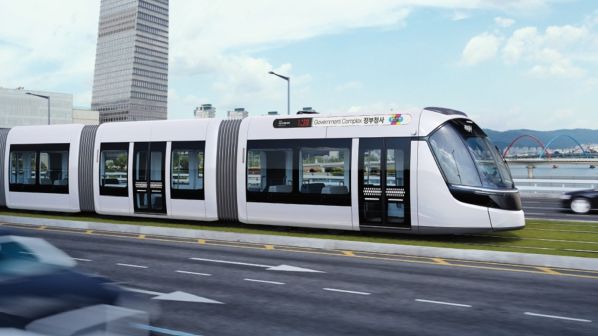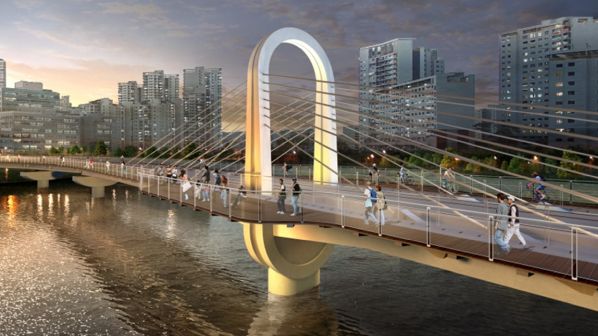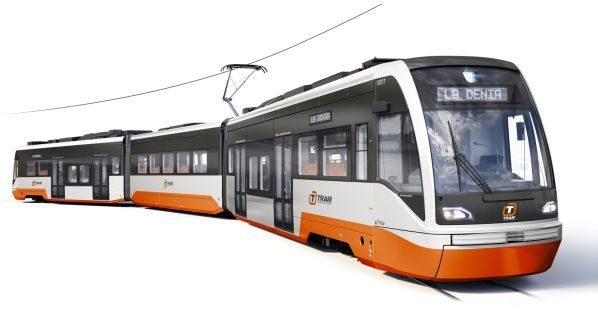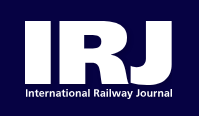DAEJEON City in central Korea has announced that it plans to begin construction on the Line 2 light rail line in the first half of 2024 and to finish the project by 2028, following the completion of budget negotiations with central government over total project cost.
The project is expected to cost Won 1.4 trillion ($US 1.05bn), with the national government providing 60% and the local government 40%. This is Won 659.9bn higher than the Won 749.2bn approved for the original total project cost. The next steps will include a project plan adequacy review by the Korea Development Institute (KDI), which will also confirm the final cost, and the completion of basic design plans, which had been suspended, followed by a working design plan.
The 38.1km Line 2 will be built at-grade and underground, with 45 stops. The route will form a loop around the city similar to Seoul’s Line 2, and will serve major destinations such as Seo-Daejeon station, Government Complex Daejeon station and Yuseong. A 10.5km branch will also extend to Yeonchuk depot.
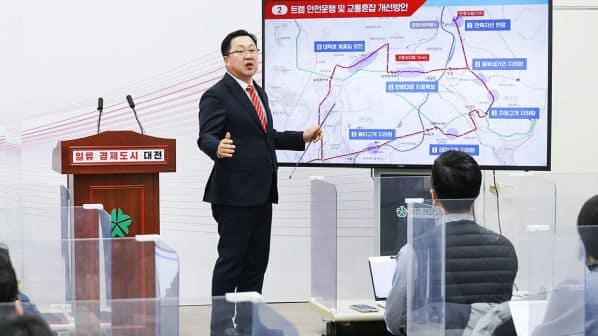
Negotiations covered a revision and supplementation plan for line construction, including the adoption of a catenary-free traction power supply system and the construction of four underground sections. The city received final notification of deliberations from the Ministry of Land, Infrastructure and Transport (Molit) on April 19.
The project has faced many difficulties over the years, including a change of concept from an elevated maglev line to light rail in 2014, resulting in a revaluation of project feasibility by the government.
In 2019, the project was granted a preliminary feasibility study exemption and made significant progress. However, there was still uncertainty due to the budget required being almost double the approved project cost, in addition to delays to deciding on emergency funding.
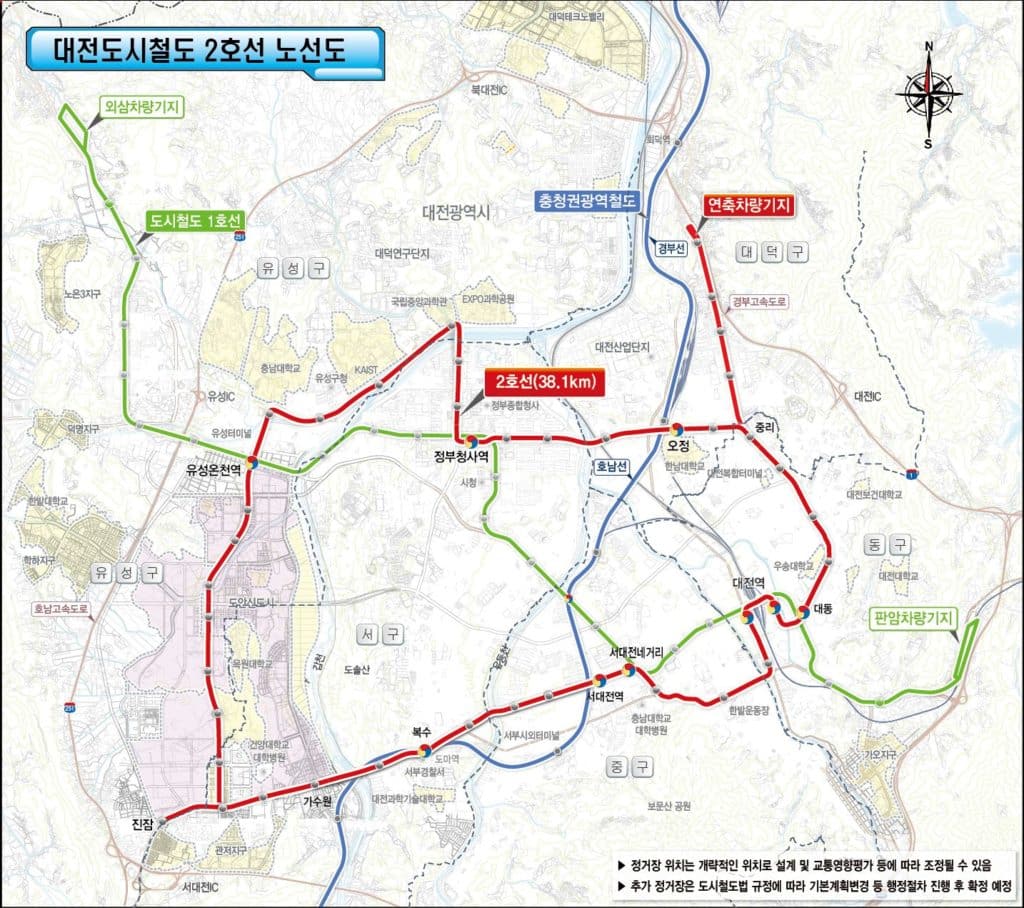
Other concerns raised included road congestion and LRVs being too slow. The approval of the budget and proposed solutions to these other issues mean that Line 2 can now finally move forward.
“I am grateful to the central government officials who listened to the city’s wishes,” says Daejeon mayor, Mr Lee Jang Woo. “As Daejeon’s Line 2 project has been delayed a great deal, we will focus all our administrative power on starting construction in the first half of 2024 to bring forward the project timeframe.”
Catenary-free method still being considered
On December 22 2022, Daejeon released a “tram construction master plan” which outlined different aspects the city was considering for the project.
One major change highlighted at the start of the plan was the shift to an entirely catenary-free system, moving away from the mixed system previously considered. The decision was made after the city received expressions of interest to supply charging technology from 15 domestic and foreign manufacturers, which included hydrogen, ground-based charging, and LTO battery systems. The rapid-charging battery and supercapacitor hybrid technology developed by Korea’s Ministry of Trade, Industry, and Energy was also considered.
A tender will be issued to select the final charging method for the line, which will consider initial investment cost, operational safety, and ease of maintenance. Proposals must be based on the premise of an entirely catenary-free line. The city says it hasn’t identified a specific technology in order to encourage competition among manufacturers.
By building some sections of Line 2 underground and optimising signal priority for LRVs at road junctions, the master has increased the average speed of the LRVs from 19km/h in the original design to 22km/h. The longest of the four underground sections will be 1.13km at Temigogae, which is necessary due to the S-shaped road alignment and steep gradient. The dedicated light rail lanes with priority signals will also provide access routes for emergency vehicles.
For detailed data on light rail projects in Korea and around the world, subscribe to IRJ Pro.
